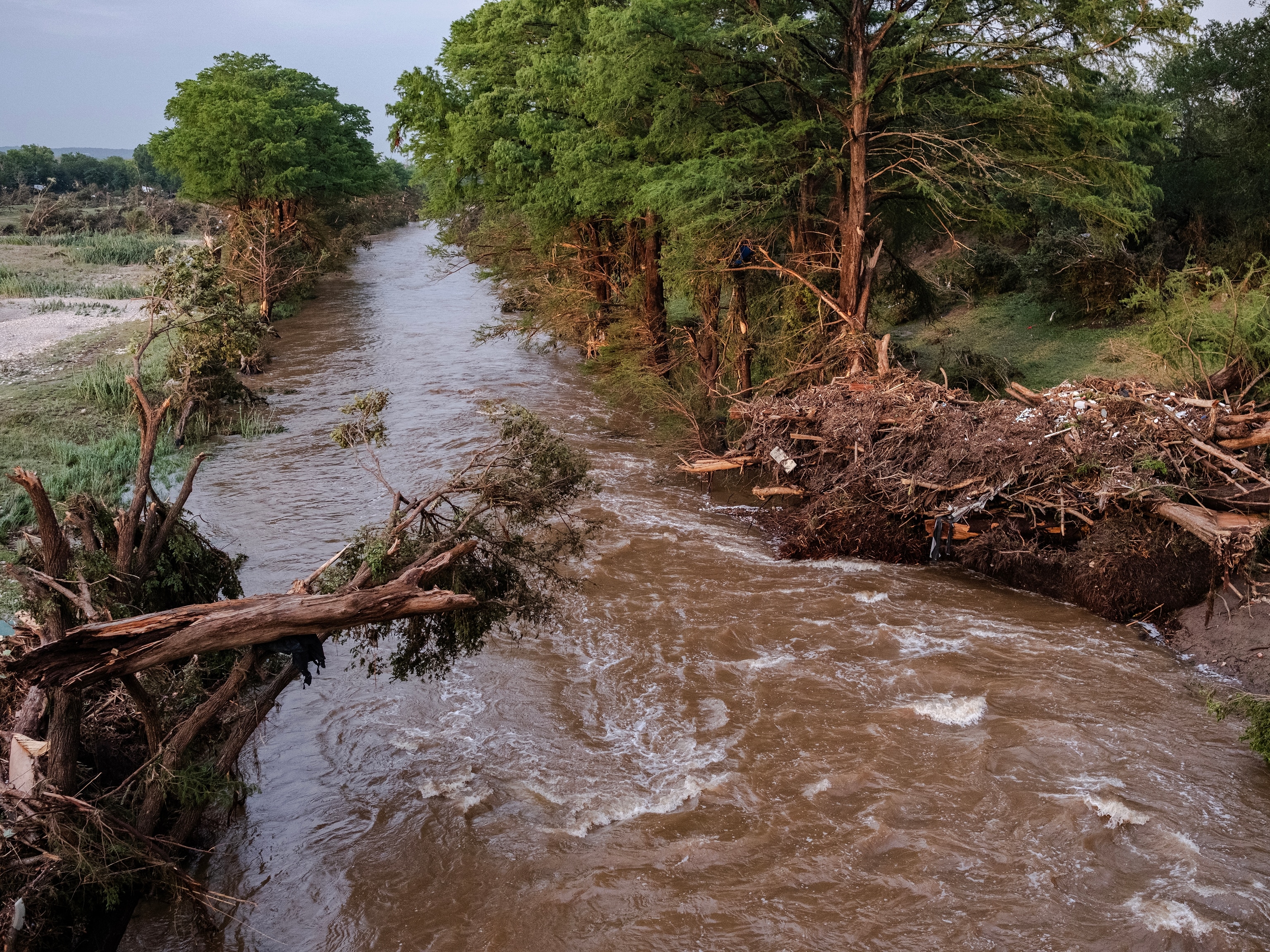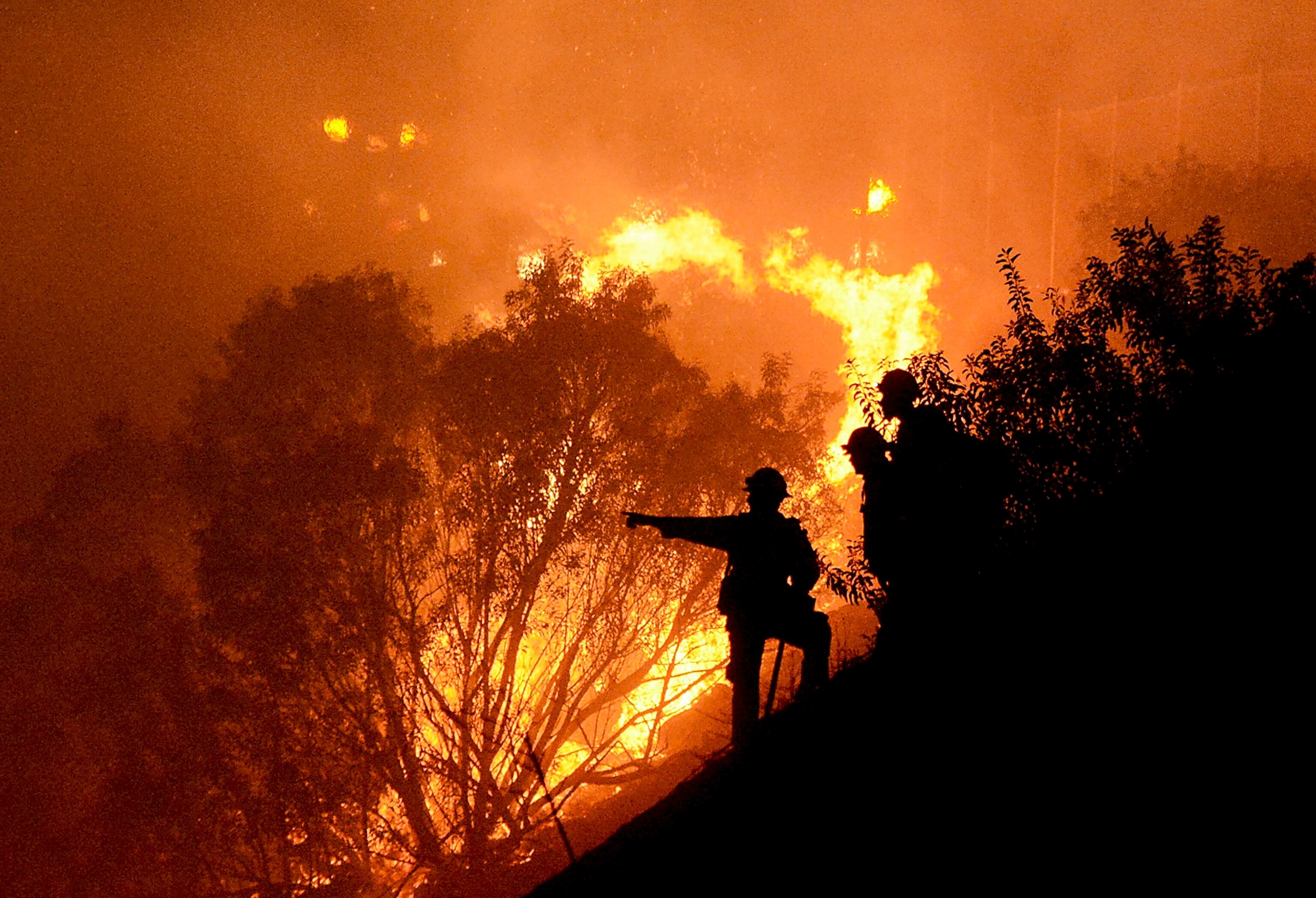
Government Lists 2013's Most Extreme Weather Events: 6 Takeaways
From California's record drought to Australia's record heat, the climate anomalies of 2013.
From record hot and cold temperatures to floods and droughts, 2013 was a wacky year for weather. The National Oceanic and Atmospheric Administration (NOAA) weighed in Wednesday with its list of the year's most significant climate anomalies and events.
The report puts specific weather events into historical context, with the general effect of suggesting that global temperature rise is driving heightened weather extremes. For instance,
NOAA reports that 2013 ranks as the fourth warmest year on record since 1880.
"It also marked the 37th consecutive year with a global temperature above the 20th century average," the agency said in its report. "The last below-average annual temperature was 1976. Including 2013, all 13 years of the 21st century (2001-2013) rank among the 15 warmest in the 134-year period of record."
Here are six of the most significant climate events of the dozens that NOAA reported:
1. Drought conditions worsened in the far American West.
Although dry conditions improved in the southeast and central U.S., California had its worst drought ever while Oregon posted its fourth driest year on record.
Considering California is the largest agricultural state in the country, the ramifications of the drought are significant. And according to the National Drought Mitigation Center at the University of Nebraska, Lincoln, there seems to be no relief in sight as the calendar flips to 2014.
It appears that a high-pressure system, or ridge, is parked offshore and is to blame. Usually these systems don't linger for long. But this one has stuck around for more than a year and isn't predicted to disappear anytime soon. These "high-pressure domes" feed off themselves; as dry air accumulates, it perpetuates the cycle of drought.
2. Typhoon Haiyan was the strongest tropical cyclone on record to hit land.
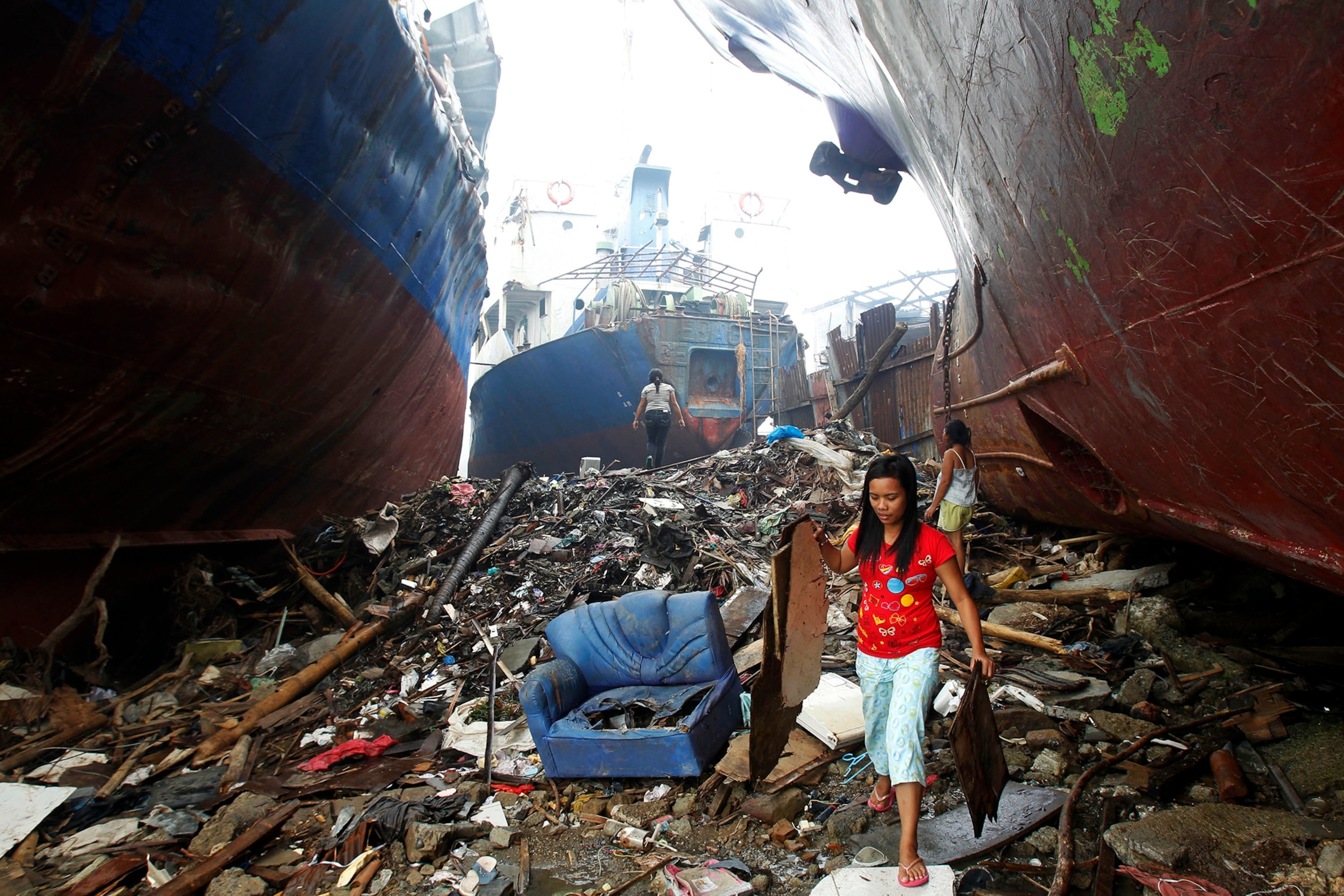
The typhoon brought winds of more than 195 miles per hour (315 kilometers per hour) and killed some 5,700 people, with the Philippines taking the brunt of the storm. The United Nations reports that 11 million people were affected. (Related: "Photojournalist Captures Resiliency in the Philippines After Typhoon Haiyan.").
While the Pacific typhoon and hurricane season raged and recorded above-average activity, the North Atlantic hurricane season posted below-average activity, accorded to NOAA. This adds to the scientific controversy over claims that cyclone frequency is increasing or will continue to increase due to warmer ocean temperatures.
3. Australia recorded its warmest year on record.
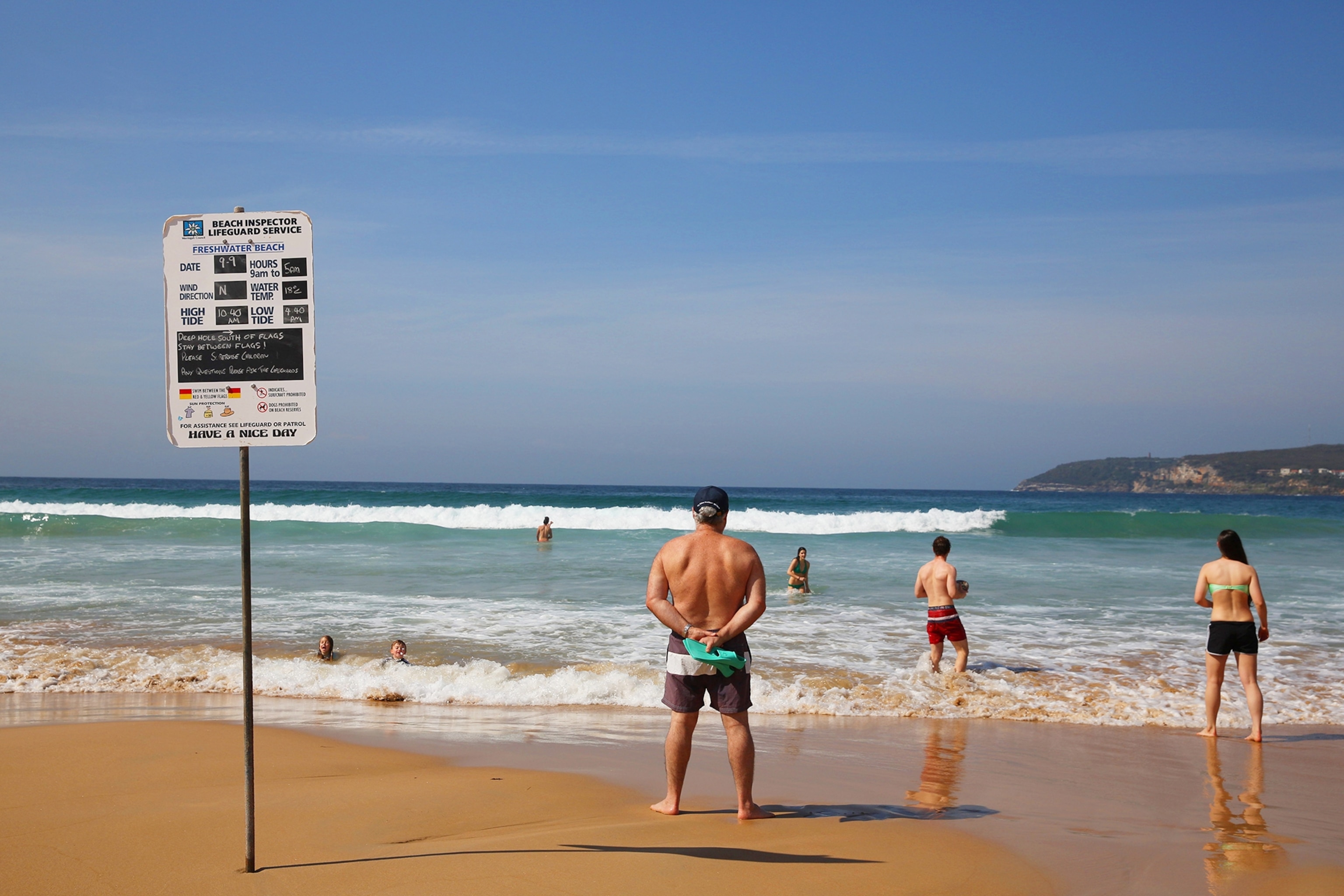
After getting past the Millennium Drought that plagued the country for more than a decade, Australia last year observed an average nationwide temperature rise of 2.16°F (1.2°C ).
"The warmth was also notable because it was widespread across the country, with every state and the Northern Territory ranking among their four warmest years on record," NOAA said.
Bush fires raged in 2013, sweeping through New South Wales and burning some 200 properties.
4. China and Russia were impacted by heavy rains.
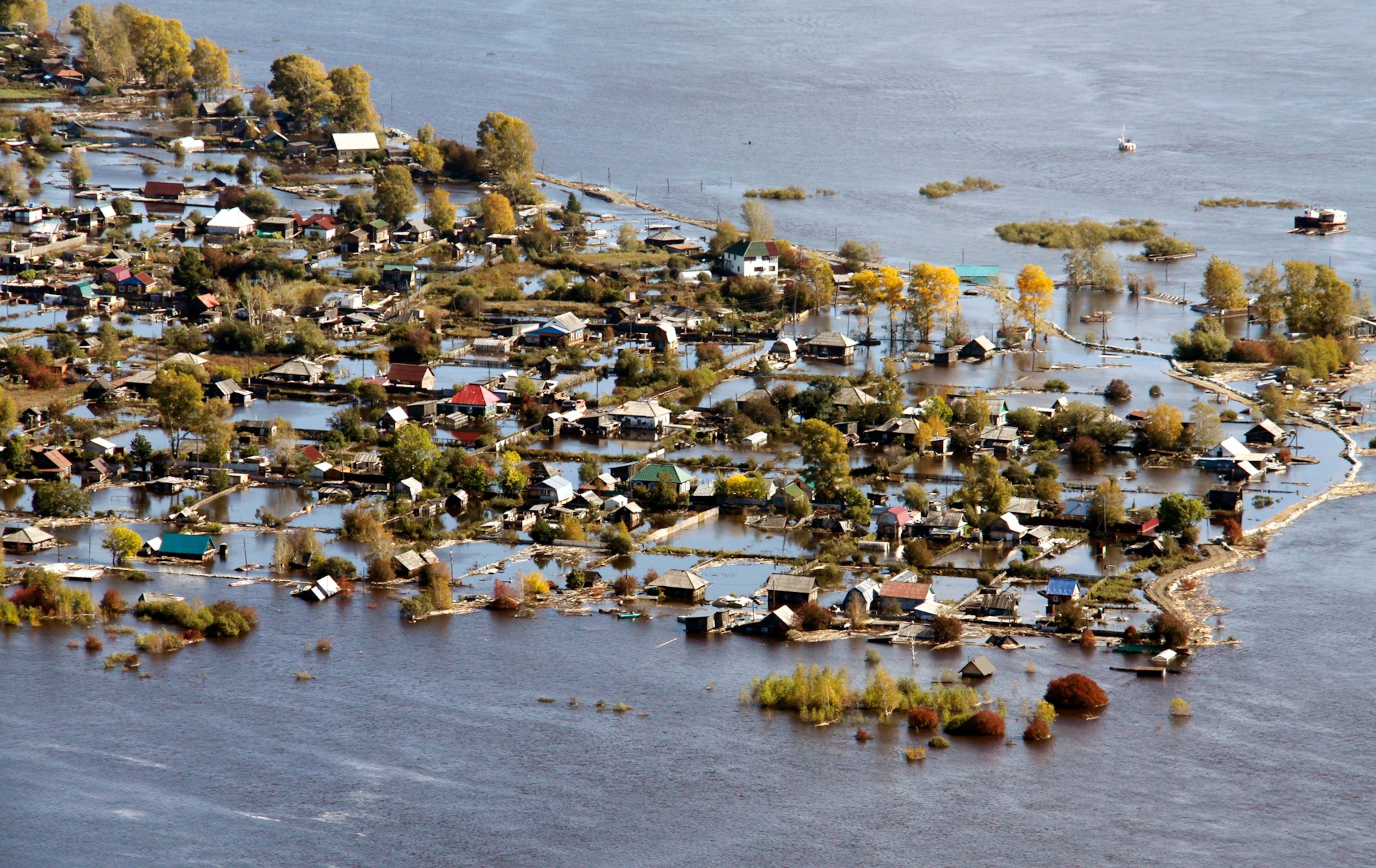
More than 140 Russian towns saw their worst flooding in 120 years. In China, one township received half its annual rainfall in a single day. What's curious about these bouts of precipitation is the bursts in which they came. The latest Intergovernmental Panel on Climate Change (IPCC) report indicates that there will be more intense precipitation events, or bursts, in various spots around the world and that this trend will continue through the end of the century.
5. The United Kingdom experienced its coldest spring since 1962.
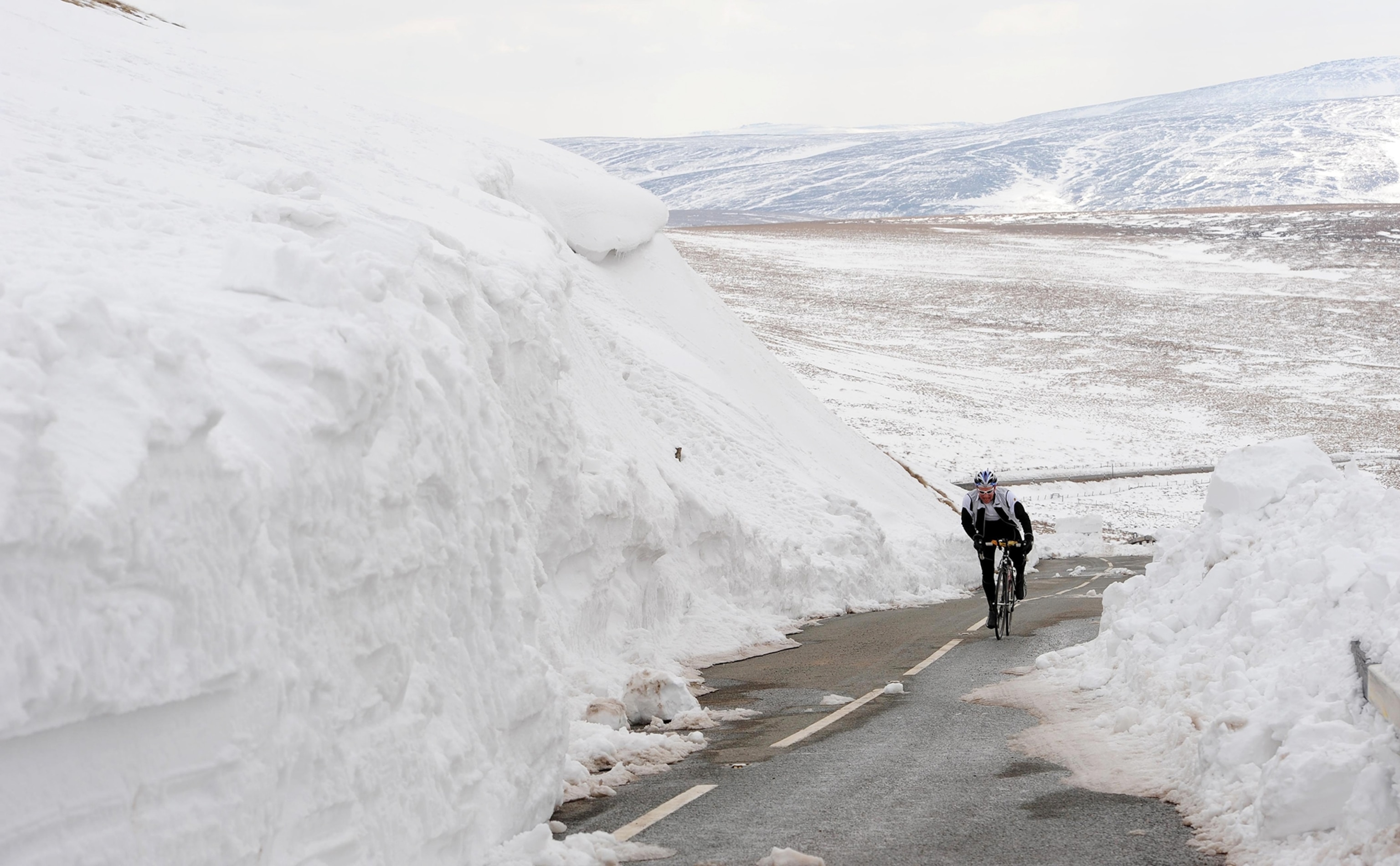
Snow fell in record amounts in northern regions—in late March. This harkened back to the bitter 2012 European cold wave that brought freezing temperatures across the continent, resulting in hundreds of people freezing to death.
Melting of Arctic sea ice and the resulting cold rush of wind dipping south are seen as the main temperature suppressors. To be sure, the dip in the so-called "polar vortex"—which occurs when temperatures warm in the Arctic, directing cold winds southward—sent chills through the northern U.S. in January 2014, making Chicago colder than the South Pole.
6. During melting season, both Arctic and Antarctic sea ice shrank more than usual.
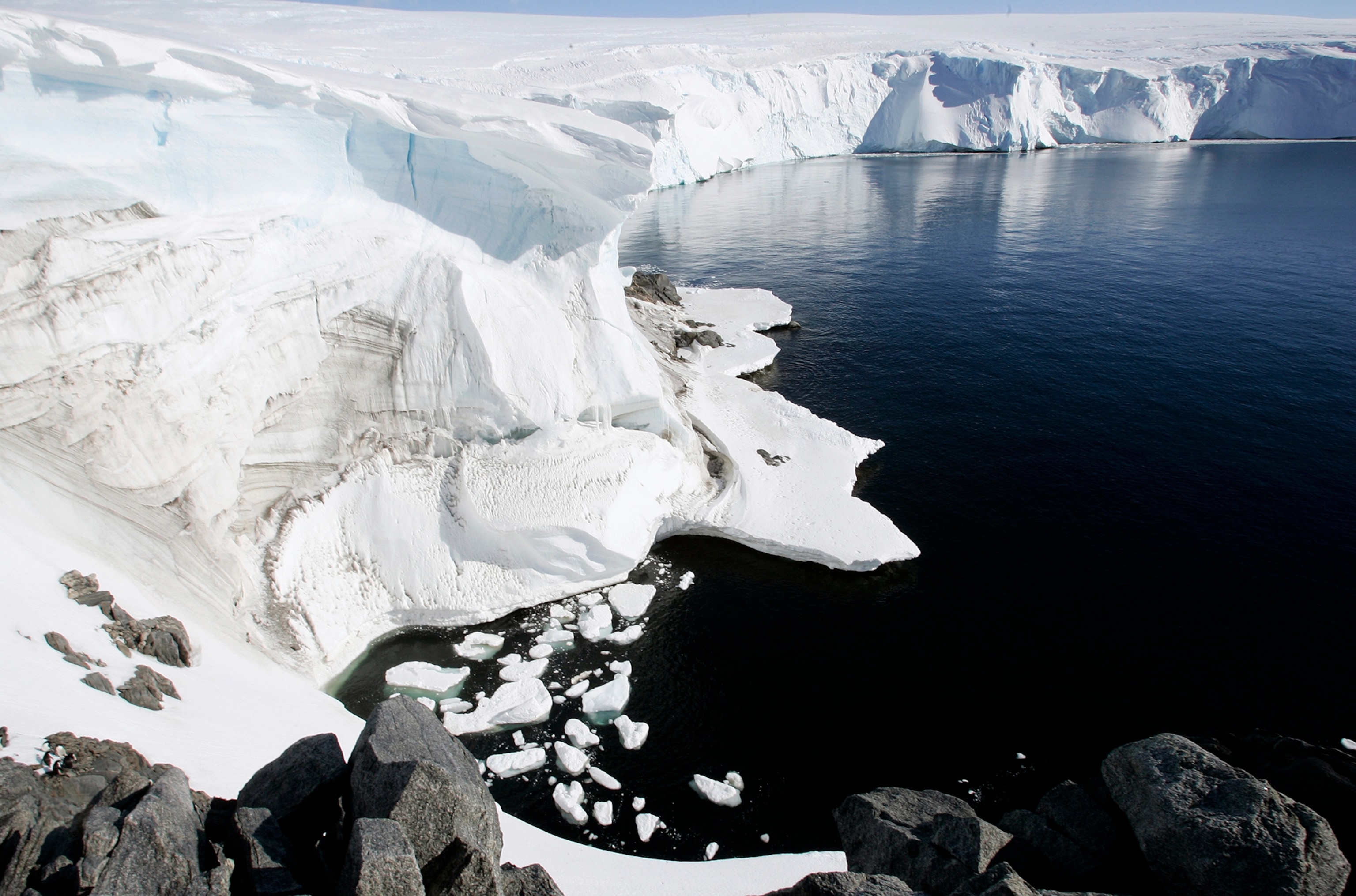
During this year's melting season, the Arctic reached its sixth smallest sea ice extent on record, while the Antarctic reached its second lowest ice extent.
Even during the growth season, Arctic sea ice was at its sixth lowest point since record-keeping began in 1979.
The Antarctic, meanwhile, reached its largest ever extent during the 2013 growth season. That should have come as little surprise to those who felt the Arctic chill from the polar vortex. Nor was the record reach of Antarctic ice news to the 52 passengers stranded aboard a research vessel blocked in ice for weeks. Many reports reminded readers that event was due to bad weather, which differs from climate change.

